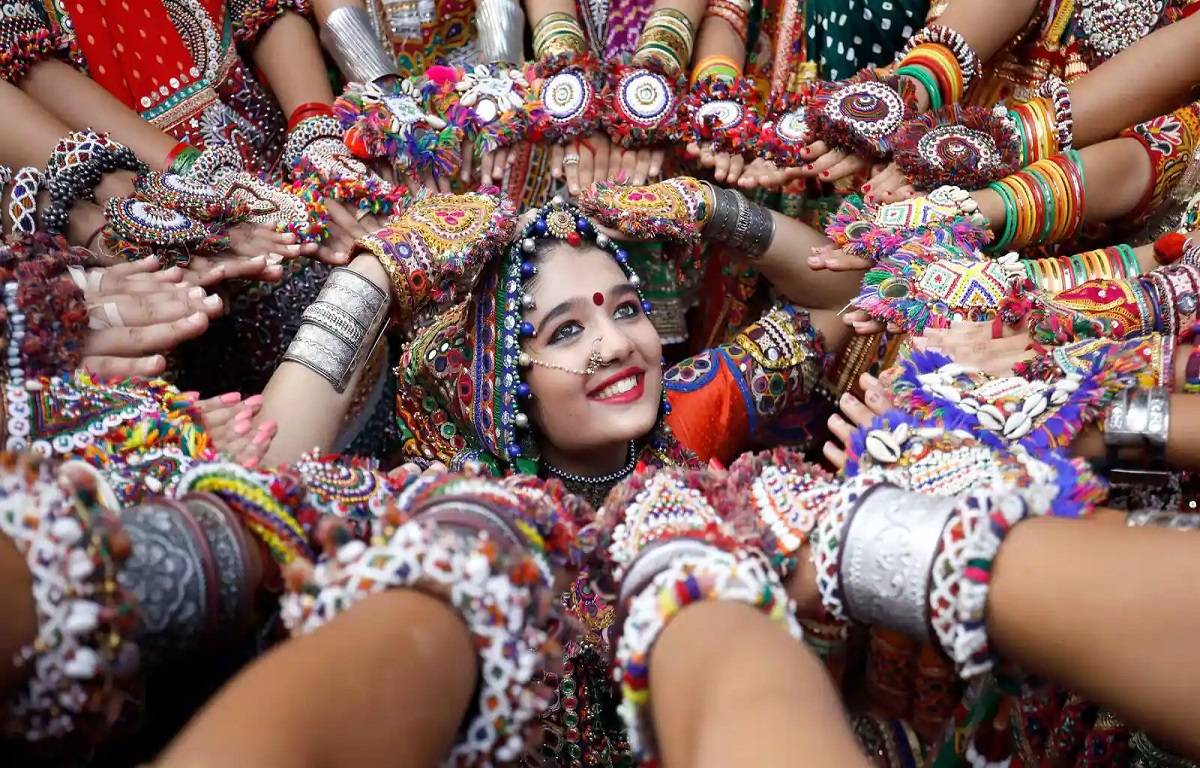
This year, Chaitra Navratri will last nine days, starting on March 22 and ending on March 30. On nine days, often referred to as Rama Navratri, Hindus worship various manifestations of Goddess Durga, and on the last day, they commemorate the birth of Lord Rama.
For the Hindu population that resides throughout the nation, it has diverse cultural meanings. And did you know that each of the nine Navratri days has a color given to it, each with its own meaning and value? Each Navratri day is identified by a different color and is of significant spiritual significance. Yellow, green, grey, orange, white, red, royal blue, pink, and purple are frequently used as these colors.
Different Navaratris Celebrated Throughout the Year:
The celebration of Navratri lasts nine days and is known as the "nine nights" in Sanskrit. In a year, there are four seasonal Navaratri. However, the two most well-known ones are the two months of Sharada (September/October) and of Chaitra (March/April).
-
Magha Navratri: This festival is observed throughout the Magha lunar month (January–February). This Navaratri is also known as Gupt (secret) Navratri. This festival's fifth day, known as Vasant Panchami or Basant Panchami, is often observed.
-
The second-most well-known Navratri, Chaitra Navratri, often referred to as Vasantha Navaratri, is celebrated in March or April and is named after God Vasanta. The festival's focal point is Goddess Durga, who is worshipped there in nine various guises, and its last day is Ramanavmi.
-
Ashada Navratri is a Gupta Navaratri that is observed during the lunar month of Ashadha and the Gregorian months of June or July. This festival of power and spirituality is observed by people from different cultures according to varied traditions.
-
The most well-known of the four Navaratri, Sharada Navaratri is named for the season of fall that occurs in September or October. In contrast to the tenth day of Navaratri, which is observed as Dussehra, which commemorates the triumph of good over evil, the ninth day of Navaratri is dedicated to harmony and knowledge via worship of the different manifestations of the goddess Durga.











